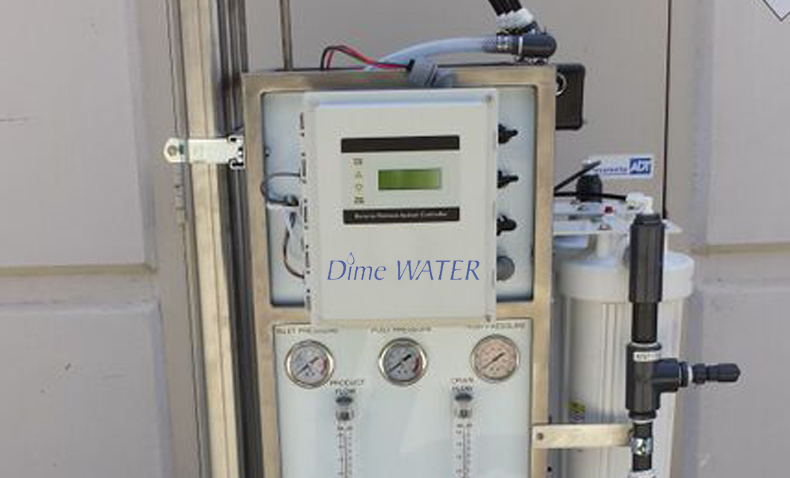Water Shortage Problems
 “We’re Out of Water” These are terrible words to hear but unfortunately are uttered frequently by people in Northern California.
“We’re Out of Water” These are terrible words to hear but unfortunately are uttered frequently by people in Northern California.
Entire cities such as Mendocino, CA, and countless homes on private wells are living with this chilling reality. Apparently, recent restrictions on surface water sources for irrigation have forced farmers to dig wells and utilize subterranean groundwater to keep their crops alive. Agricultural water use in the US accounts for 70% of all water use, so it’s no surprise that wells serving cities and private homes have now gone dry.
The next words we may hear if the agricultural wells dry up are WE’RE OUT OF FOOD.
What to do? We have always relied on the hydrologic cycle (water-evaporation-condensation-rain) to replenish water on the ground as well as water under the ground in aquifers. This natural cycle is proving to be less reliable because of climate-related drought conditions covering significant areas of the globe. Technology needs to be the cure.
There is a finite volume of water on and within the world. The first law of thermodynamics assures us of this volume forever. Because of the issue of high salt levels and mankind’s centuries of pollution, most water is unusable for humans, animals, and plants. Enter the technology of seawater reverse osmosis referred to as desalination or simply desal. This process as well as other emerging technologies can easily overcome present and future water “shortages”, especially in coastal areas.
Desal system construction is impeded by a huge list of regulations and objections by well-intended environmental groups filing costly, obstructive suits. For the survival of the human species and various economies without outbreaks of hostilities, it is imperative that desal systems be constructed in large numbers along worldwide coasts to supplement nature when needed. Private enterprise could make this happen if government agencies including courts would have a sense of urgency and a better understanding of the technology. As recently as December 2020 in SCIENCE, DuPont and UT, Austin announced a 30% to 40% drop in desal water production cost. The government could be incentivized by receiving a per gallon production fee and environmentalists receiving a fee also to develop and enforce anti-pollution programs.
Of significance in the SCIENCE report, for the first time the physical chemistry of how membranes actually perform the salt/water separation. Further stated was up to time, manufacturers have been operating in the dark for 40 years. This huge leap in knowledge will undoubtedly make the process even more financially viable. Typically, there is a cascade of new and improved products after such information is available.
Producing useable water from seawater is one leg of a stool. To be an effective, more intelligent use of water especially by agriculture and pollution prevention become the other two legs to support a long-term stable desal platform. The Israelis have perfected crop watering methods and freely dispense their technologies for others to use.
